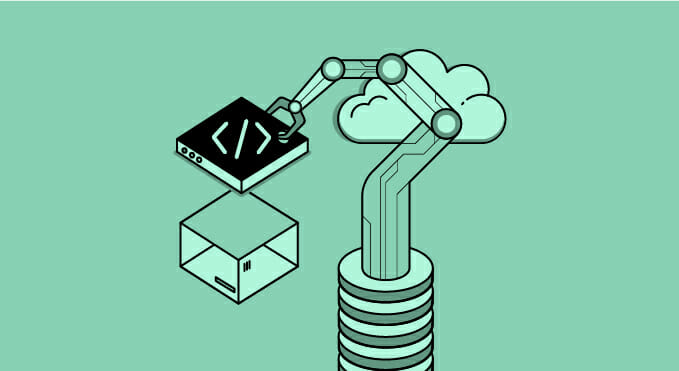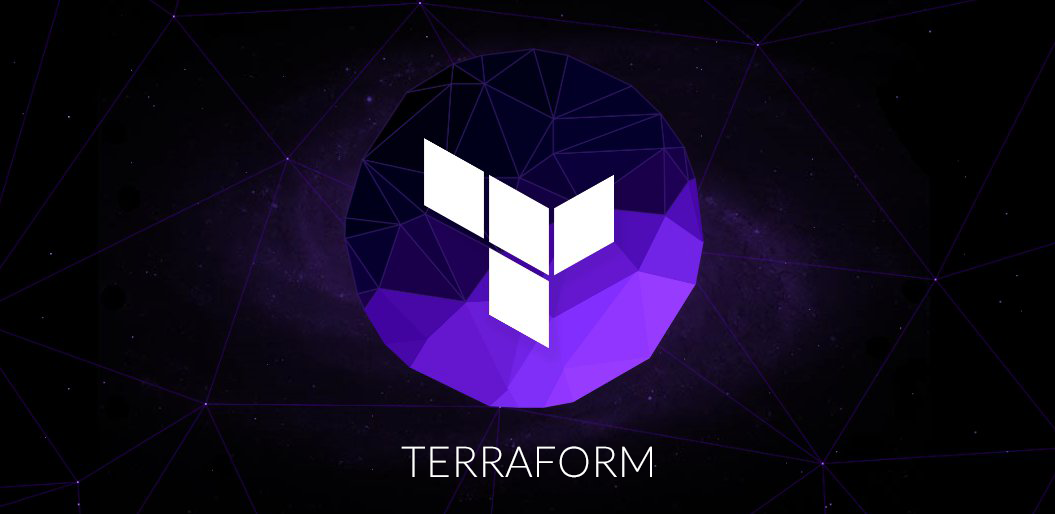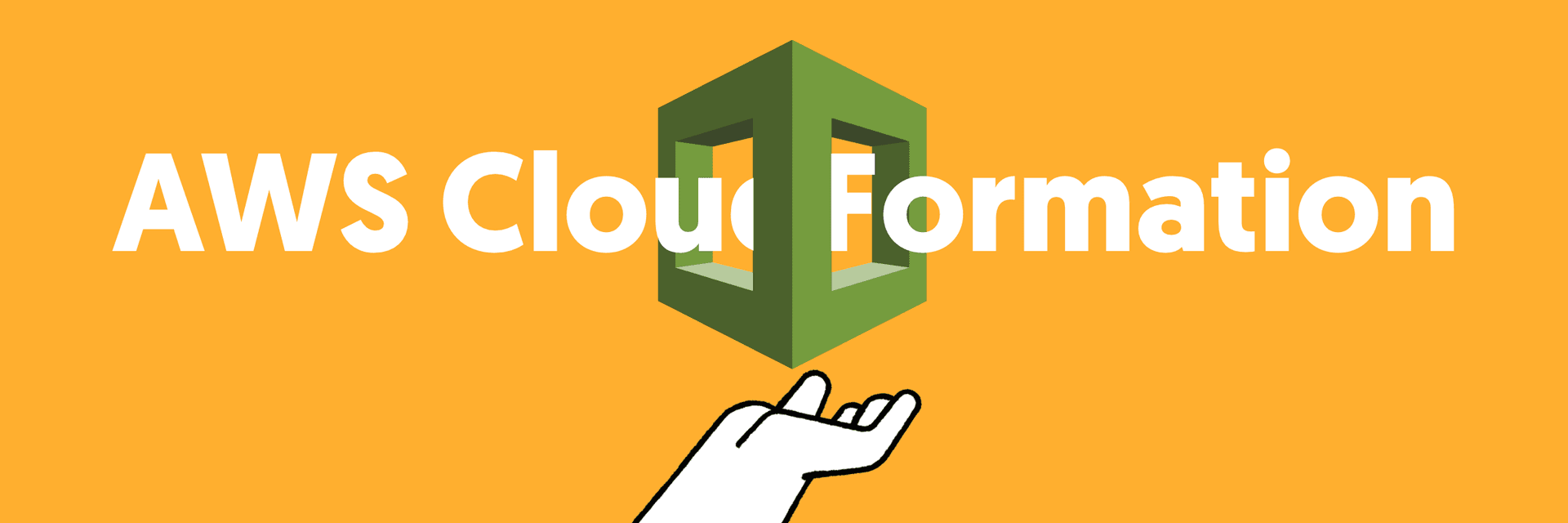Day 54 - Understanding Infrastructure as Code 📝 and Configuration Management ⚙️
 Nilkanth Mistry
Nilkanth Mistry
What's the difference? 🤔
When it comes to the cloud, Infrastructure as Code (IaC) and Configuration Management (CM) are inseparable, like chai and samosa! 🫖🥟 But let's break them down a bit to understand their roles and differences.
Infrastructure as Code (IaC) 📜💻

IaC uses a descriptive model to manage and provision infrastructure. Think of it as a blueprint for your cloud setup. With IaC, you define your infrastructure—networks, virtual machines, load balancers, and more—in code. This approach ensures that the same environment is consistently replicated, whether you're deploying it for the first time or the hundredth time. 🚀
Examples of IaC Tools:
Terraform 🌍:

An open-source tool by HashiCorp that allows you to define infrastructure in a high-level configuration language.
AWS CloudFormation ☁️:

A service provided by AWS that lets you define and provision AWS infrastructure using templates written in JSON or YAML.
Configuration Management (CM) 🛠️🔧
Configuration Management (CM), on the other hand, ensures that the performance, functional, and physical attributes of a product remain consistent throughout its lifecycle. It's like having a personal assistant that keeps your software and hardware configurations in check, making sure everything is as it should be. 🔄
Examples of Configuration Management (CM) Tools:
Ansible 🧩:

An open-source automation tool by Red Hat that provides simple yet powerful automation for configuration management, application deployment, and task automation.
Chef 🍴:
A configuration management tool that allows you to write scripts (called recipes) to automate the process of managing and configuring infrastructure.
Differences Between IaC and CM
Focus:
IaC focuses on the setup and provisioning of infrastructure components. 🏗️
Configuration Management (CM) focuses on maintaining the desired state of systems and applications over time. 🔧
Scope:
IaC deals with the creation and teardown of infrastructure. 🔨
Configuration Management (CM) deals with managing the configuration and state of that infrastructure once it's created. 🛠️
Examples in Action:
With Terraform (IaC), you can define a complete cloud environment with all its resources in a
.tffile and deploy it consistently. 🌐With Ansible (CM), you can ensure that all servers have the latest security patches applied, or that a specific version of software is installed. 🔄
Most Common IaC and CM Tools 🛠️
IaC Tools:
Terraform 🌍
AWS CloudFormation ☁️
Azure Resource Manager (ARM) 🔷
CM Tools:
Ansible 🧩
Chef 🍴
Puppet 🤖
Wrapping Up 🎁
Understanding IaC and Configuration Management (CM) is crucial for anyone diving into the world of DevOps. While IaC ensures your infrastructure is consistently provisioned, Configuration Management (CM) keeps it running smoothly and consistently configured. Together, they form the backbone of modern cloud management and automation strategies. 🌐🔄
So, gear up and dive deep into the fascinating world of IaC and Configuration Management (CM). Your cloud infrastructure will thank you! 🚀🌐
Happy Learning and Happy Coding! 😊👨💻👩💻
Feel free to share your thoughts or any queries you have about IaC and Configuration Management (CM) in the comments below. Let's learn and grow together! 🌱💬 #90DaysOfDevOpsChallenge #DevOps #IaC #ConfigurationManagement #CloudComputing
Subscribe to my newsletter
Read articles from Nilkanth Mistry directly inside your inbox. Subscribe to the newsletter, and don't miss out.
Written by

Nilkanth Mistry
Nilkanth Mistry
Embark on a 90-day DevOps journey with me as we tackle challenges, unravel complexities, and conquer the world of seamless software delivery. Join my Hashnode blog series where we'll explore hands-on DevOps scenarios, troubleshooting real-world issues, and mastering the art of efficient deployment. Let's embrace the challenges and elevate our DevOps expertise together! #DevOpsChallenges #HandsOnLearning #ContinuousImprovement

